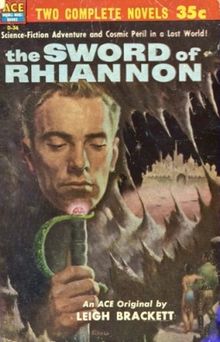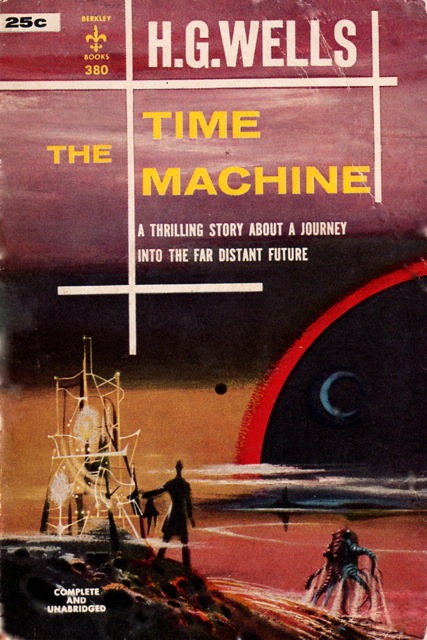By John Hertz: Westercon LXX has confirmed we’ll discuss three Classics of Science Fiction, one discussion each. Come to as many as you like. You’ll be welcome to join in.
I’m still with “A classic is a work that survives its own time. After the currents which might have sustained it have changed, it remains, and is seen to be worthwhile for itself.” If you have a better definition, bring it.
Each of our three may be more interesting now than when first published.
Have you read them? Have you re-read them?
Leigh Brackett
The Sword of Rhiannon (1949)
It’s been called her best early work; concise, eloquent, fresh, poetic. Why a sword? is answered, also Is this science fiction? Perhaps unanswerable by human beings, but addressed, are questions of identity, motive, recognition, and will, during an adventure in our great romantic tradition.
Fredric Brown
The Lights in the Sky Are Stars (1953)
Some say this belonged on the Retrospective Hugo ballot at Noreascon IV (62nd World Science Fiction Convention) – and argue over which it should have replaced, The Caves of Steel, Childhood’s End, Fahrenheit 451, Mission of Gravity, or More Than Human. A straightforward s-f novel by Brown – and what a wallop!
H.G. Wells
The Time Machine (1895)
Far better known in the wide wide world than our other two – why? Never mind marketing; Hesse’s Glass Bead Game won the Nobel Prize in Literature. In fact we see only two distant times: the more gripping is narrated in a way which, upon reflection, is quite suspect. And the Time Traveller never returns for lunch.
Discover more from File 770
Subscribe to get the latest posts to your email.




Good choices!
I read and enjoyed The Lights in the Sky are Stars, but I can’t find it in me to pick any of the novels on that Retro-Hugo ballot and say that they’re less deserving than Lights. (Okay, if you put a gun to my head, maybe The Caves of Steel.)
three excellent choices…and oddly enough, I have all three of the editions depicted.
That might have something to do with my approval.
I have not read the Leigh Brackett book; I have no knowledge of reading her material (with some 8000 titles, I may have mentally misplaced knowledge of it), The other two I have read. Like the Brown, and the Wells, re read a few times, always got me wondering about the math and “plotting” of time travel. You just don’t go forward on the sphere–you travel in a manner that would defeat most people who know anything about spacial calculus: the earth is moving, the sun is moving, the orbit around the earth is moving, the galaxy is moving….our nameless hero gets in and twirls the gears and takes off, perhaps to land in some unknown territory of outer space vacuum…but he’s much luckier than that, for the purposes of a story.
The book is still good.